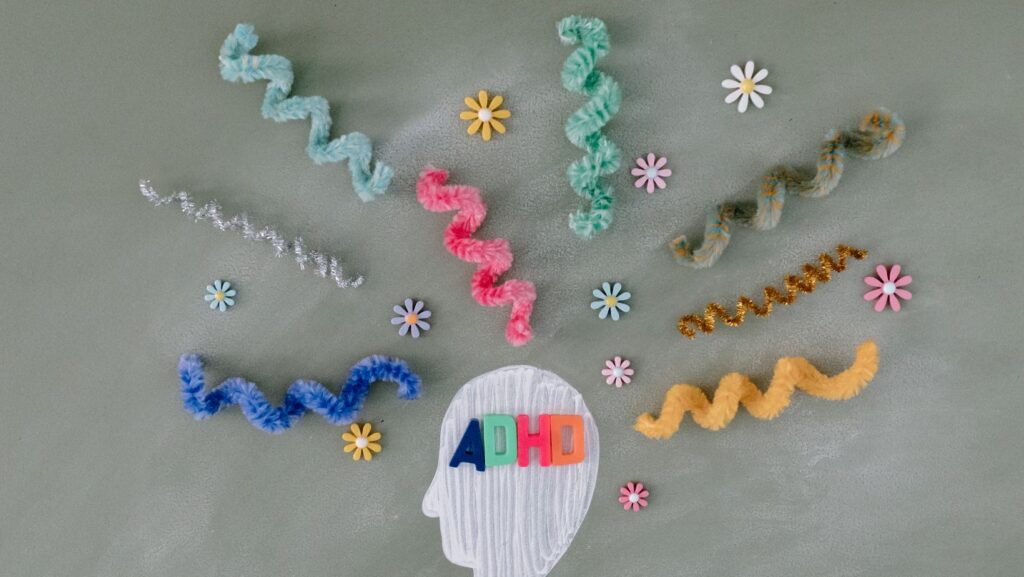Navigating the world with ADHD can often feel like juggling while riding a unicycle. With distractions lurking at every corner, staying productive becomes a challenging feat. However, with the right strategies, individuals with ADHD can harness their unique strengths and turn potential chaos into organized success.
Understanding how ADHD affects focus and productivity is crucial. It’s more than just a lack of attention; it’s about managing the whirlwind of thoughts and impulses that can derail even the best-laid plans. By implementing tailored productivity tips, those with ADHD can create an environment that fosters concentration and efficiency.
From breaking tasks into manageable chunks to utilizing technology for reminders, there are countless ways to boost productivity. Embracing these techniques not only helps in achieving daily goals but also builds confidence and reduces stress. Dive into these actionable insights designed to empower individuals with ADHD to thrive in their personal and professional lives.
Productivity Tips for ADHD
 ADHD affects productivity through symptoms such as inattentiveness, impulsiveness, and hyperactivity. These characteristics make it difficult for individuals to maintain focus, organize tasks, and manage time effectively. Struggles with executive function further complicate the process by impairing planning and prioritization abilities.
ADHD affects productivity through symptoms such as inattentiveness, impulsiveness, and hyperactivity. These characteristics make it difficult for individuals to maintain focus, organize tasks, and manage time effectively. Struggles with executive function further complicate the process by impairing planning and prioritization abilities.
Inattentiveness leads to frequent distractions, causing a cycle of unfinished tasks. For instance, an individual may start a project but quickly switch focus due to an unrelated stimulus. Impulsiveness results in hasty decisions, often disrupting workflow and increasing task management difficulties. Hyperactivity contributes to restlessness, making it challenging to sustain prolonged attention on a single task.
Addressing productivity challenges requires understanding ADHD’s impact on cognitive processes. Tailored strategies, like setting clear priorities and establishing structured routines, prove beneficial. By leveraging these approaches, individuals can combat ADHD’s productivity barriers, enhancing their ability to succeed in various environments.
Setting Realistic Goals
Setting realistic goals enables individuals with ADHD to better manage their time and increase productivity. Clear, achievable objectives provide structure and direction, helping to maintain focus amidst distractions.
Defining SMART Goals
Defining SMART goals transforms vague objectives into actionable plans. SMART stands for Specific, Measurable, Achievable, Relevant, and Time-bound. Such goals limit ambiguity and enhance accountability. For example, instead of aiming to “finish work faster,” a SMART goal would specify completing a task by 3 PM with measurable outcomes. This clarity facilitates progress tracking and adjustment when necessary.
Prioritizing Tasks
 Prioritizing tasks enhances focus by distinguishing essential activities from less urgent ones. This method employs techniques such as the Eisenhower Box, which categorizes tasks into urgent, non-urgent, important, or non-important. Individuals with ADHD can benefit from visual prioritization tools that simplify decision-making. By tackling high-priority tasks first, productivity improves and stress decreases, contributing to better time management skills.
Prioritizing tasks enhances focus by distinguishing essential activities from less urgent ones. This method employs techniques such as the Eisenhower Box, which categorizes tasks into urgent, non-urgent, important, or non-important. Individuals with ADHD can benefit from visual prioritization tools that simplify decision-making. By tackling high-priority tasks first, productivity improves and stress decreases, contributing to better time management skills.
Creating A Structured Environment
Creating a structured environment significantly boosts productivity for individuals with ADHD. Organization and routine instill stability, making it easier to focus and complete tasks.
Organizing Your Workspace
An organized workspace minimizes distractions and enhances concentration. Keeping only essential items on a desk increases visual clarity. Labeling containers and using color-coding for files simplifies locating important documents. Digital tools, like computer organization software, help maintain a tidy electronic workspace. Adequate lighting and ergonomic furniture further promote comfort and productivity.
Establishing Routines
 Established routines provide predictability, reducing decision fatigue. Setting specific times for tasks like starting work, taking breaks, and ending the day creates consistency. Utilizing calendars and planners for scheduling helps visualize and track daily activities. Breaking down routines into morning, afternoon, and evening segments ensures a balanced flow. Regular sleep patterns also improve focus and energy, contributing to a more productive day.
Established routines provide predictability, reducing decision fatigue. Setting specific times for tasks like starting work, taking breaks, and ending the day creates consistency. Utilizing calendars and planners for scheduling helps visualize and track daily activities. Breaking down routines into morning, afternoon, and evening segments ensures a balanced flow. Regular sleep patterns also improve focus and energy, contributing to a more productive day.
Managing Distractions
Managing distractions is crucial for individuals with ADHD to enhance their productivity. By implementing structured strategies and creating an organized environment, they can tackle the unique challenges they face daily. Utilizing tools like SMART goals and prioritization methods helps maintain focus on essential tasks, reducing overwhelm and fostering a sense of accomplishment. Establishing consistent routines and optimizing workspaces further supports concentration and efficiency. With these approaches, individuals with ADHD can transform their productivity landscape, achieving greater success and well-being in both personal and professional spheres.



